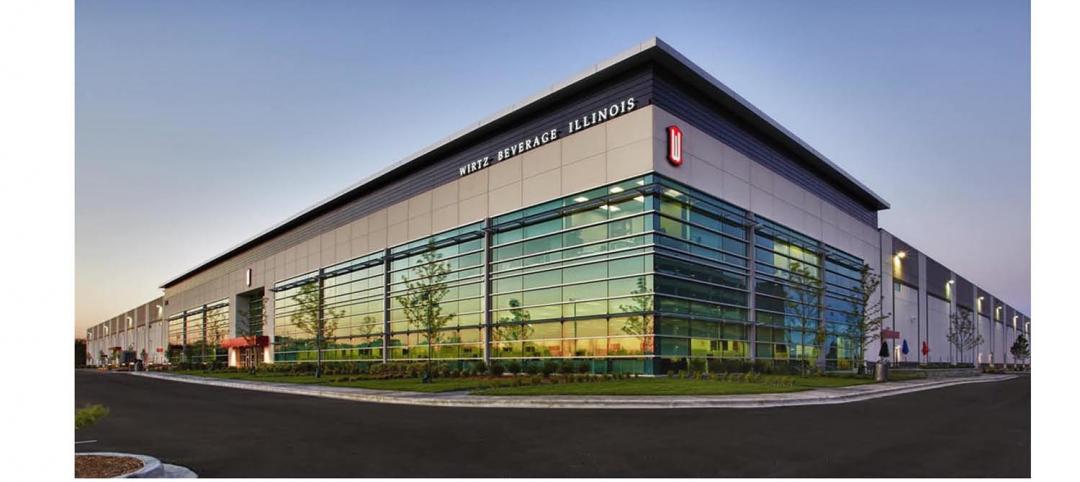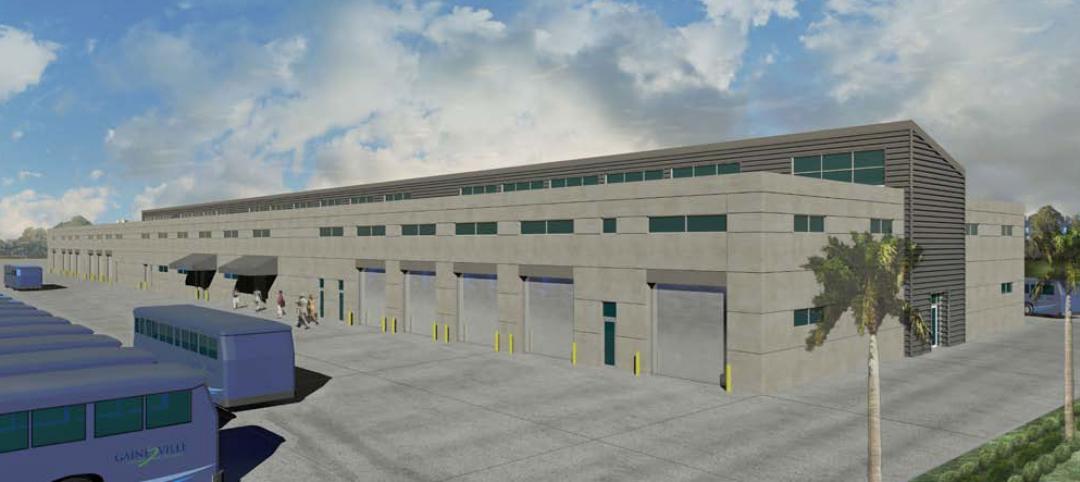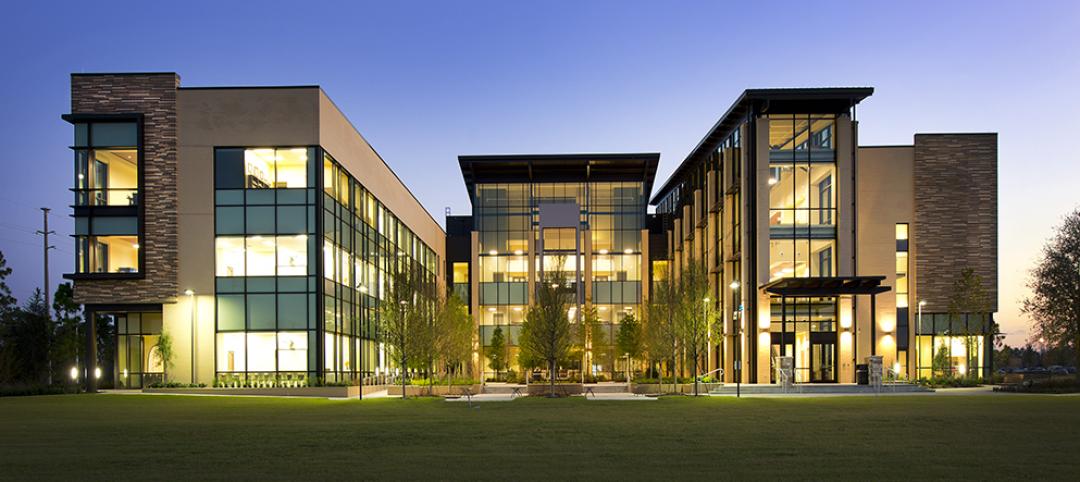Gilbane, the family owned construction and real estate development firm, is predicting stronger spending on nonresidential building this year, even if the number of projects started doesn’t appreciate significantly.
“Even if new starts growth were to turn flat for the rest of 2015 (which is not expected), those starts already recorded over the past 12 months indicate spending for nonresidential buildings in 2015 will increase 15% over 2014, the best growth since 2007,” writes the company in its “Building For the Future” Spring report on Construction Economics and Market Conditions.
Gilbane estimates that total spending for nonresidential building construction will reach $370 billion this year, a 15.3% increase. The company expects nonresidential starts to slow in 2015 but still hit 218,052 units, 7.4% ahead of the previous year.

Educational building is expected to account for 22.7% of total nonresidential construction spending in 2015, down from its 24.4% market share in 2014 and 30.3% in 2010. Still, Gilbane foresees spending on educational building to be up 7% this year, to $83.8 billion, the first substantial increase since 2008.
The manufacturing sector, whose market share of total nonresidential construction spending is projected to be flat at 17.2% this year, should see its spending amounts increase by 15% to $63.5 billion, which would be on top of a 15% gain in 2014. Spending on office construction is expected to grow 17.5% to $52.6 billion. And construction spending on commercial retail will be up 12.5% to $64.2 billion.
Gilbane projects that nonresidential construction revenue will increase by 9.1%. However, using historical benchmarks as its guide, the company believes that at least half of that gain could be attributable to “rapidly increasing inflation,” which had grown by 11% in the previous three years.

As other industry watchers have noted, Gilbane isn’t seeing much inflation on the materials side, with some exceptions like gypsum and precast concrete. Gilbane is more concerned, though, about construction hiring trends.
As of March 2015, there were 6.344 million construction employees, according to Bureau of Labor Statistics’ data. The unemployment rate in construction is now at 9.5% after hitting a low of 6.4% in October 2014. Total hiring in the construction industry was up by an estimated 15% in the first quarter of this year.
Gilbane believes that companies aren’t always using the right metrics to determine their hiring levels.
It notes that since 2012, the number of workers to complete $1 billion of constant volume has increased from about 5.65 million to 6.1 million. That would imply an 8% loss in productivity in three years. But Gilbane insists this “loss” has more to do with overall cost reductions than with projects being over-staffed.
“Workload volume should be used for planning the size of the workforce,” Gilbane states. “As an example, at the 2008 peak of construction cost, a building cost $12 million and took 100 men per year to build. In 2010, that same building potentially cost as little as $10 million to build, 20% less. Did it take 20% fewer men per year to build it? No, certainly not. That would be the fallacy of trying to determine jobs needed based on unadjusted revenue.”
To bolster its argument, Gilbane notes that historical averages (adjusted for inflation) since year 2000 show the number of direct construction jobs supported by $1 billion in construction spending varies +/- from 6,000 jobs. That calculates to one job for every $165,000 (in 2014 dollars) spent on construction, or 6.0 to 7.0 jobs per $1,000,000 spent.
Related Stories
| Dec 4, 2012
Sto Corp. announces new distributor in the Carolinas
Company will now have coverage in several parts of North Carolina.
| Dec 4, 2012
Wirtz Beverage Illinois’ corporate headquarters completed
WBI Center, a new state-of-the-art facility, is designed by Ware Malcomb.
| Dec 4, 2012
City of Gainesville to break ground on $33 million bus fleet maintenance and ops facility
The 140,000-sf facility will include dispatch, administrative and maintenance facilities.
| Nov 28, 2012
Project team to showcase design for first mixed-use retail center of its kind in Mexico City
Project reaching construction milestone, offering national model for urban development in Mexico.
| Nov 28, 2012
Cummins announces ratings classification for data center power systems
The Data Center Continuous ratings span the range of Cummins Power Generation’s high horsepower diesel generator sets, from 1 MW up to 2.5 MW, and will apply to both 50 Hz and 60 Hz configurations.
| Nov 28, 2012
Francis Cauffman appoints Stainbrook Director of Higher Education
Stainbrook has 16 years of experience as a strategic planner and urban designer working on complex projects on- and off-campus.
| Nov 27, 2012
SFIA releases technical guide for cold-formed steel framing products
The 114-page book covers both structural and non-structural applications, including section properties of SFIA member product profiles, and complete load and span tables for most applications.
| Nov 21, 2012
Architecture Billings Index positive for third straight month
All regions reporting positive business conditions
| Nov 20, 2012
PC Construction completes Juniper Hall at Champlain College
Juniper Hall is on track for LEED Gold certification from the U.S. Green Building Council.
| Nov 20, 2012
SchenkelShultz-designed Valencia at Lake Nona certified 3 Green Globes
Featuring the latest technologies, the three-story, academic facility includes academic spaces and teaching laboratories, student services, a book store, library, café, a Dean’s suite and administrative offices.















